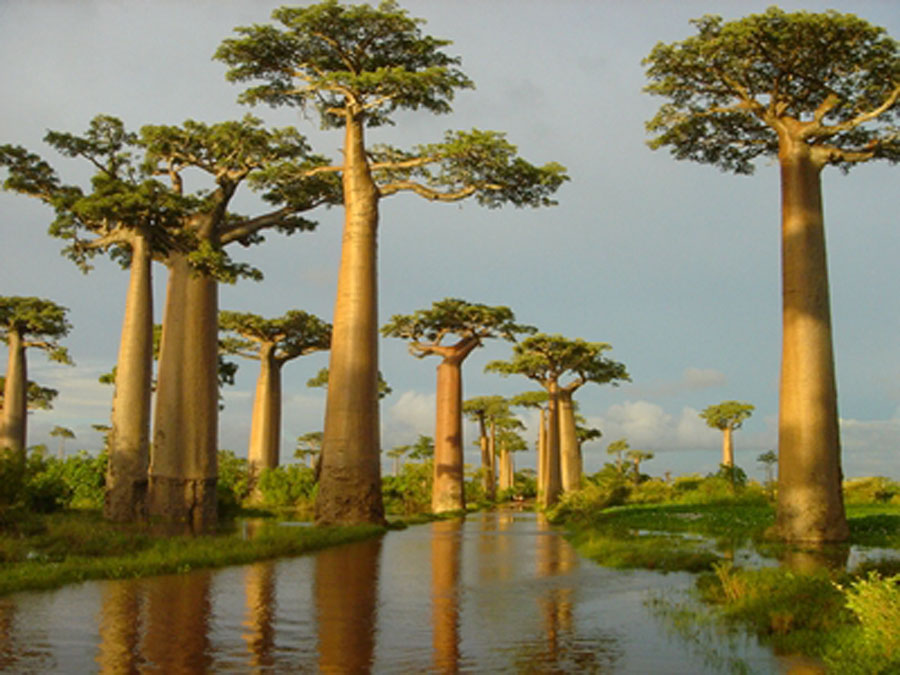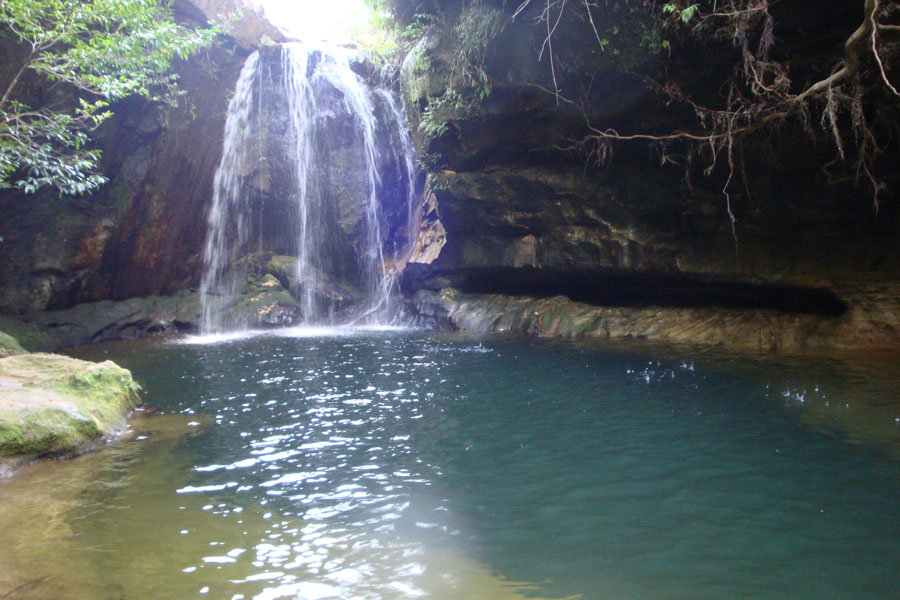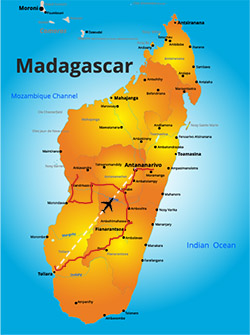 (20 days / 19 nights)
Visit of the reserve of Périnet / Andasibe, then drive via Miandrivazo to Morondava. Visit of the Tsingy of Bemaraha (UNESCO world heritage site) and drive through the Baobab avenue. Drive back to Antsirabe and continue further South, with the visits of the Nationalparks of Ranomafana and Isalo. This tour can only be done from June until October and is for the more sporty and adventurous type of customer, it is unsuitable for big people and people who are afraid of heights, as there are passages in the Tsingys where you have to climb through narrow gaps.
(20 days / 19 nights)
Visit of the reserve of Périnet / Andasibe, then drive via Miandrivazo to Morondava. Visit of the Tsingy of Bemaraha (UNESCO world heritage site) and drive through the Baobab avenue. Drive back to Antsirabe and continue further South, with the visits of the Nationalparks of Ranomafana and Isalo. This tour can only be done from June until October and is for the more sporty and adventurous type of customer, it is unsuitable for big people and people who are afraid of heights, as there are passages in the Tsingys where you have to climb through narrow gaps. Meeting at Ivato international airport and transfer to the hotel. Overnight at the hotel.
(140 Km about 3 hour – drive)
After breakfast ,drive to Andasibe through a landscape composed by a succession of rice fields, waterfalls, and scarce forest stations. On the way visit of the Marozevo exotic park with its chameleons etc.. Before dinner, off for a night walk along the road to see some nocturnal species of animals, with some luck you’ll see woolly and mouse lemurs, chameleons etc.. Back to the hotel and Overnight
(140 Km about 3 hour – drive)
After breakfast , visit of the reserve on a walk which takes around three hours, first a bit up, then mostly flat. Discover the species dwelling inside this forest like Indri Indri, the tallest of all lemur species , bamboo lemurs and brown lemurs.
Back to the capital in the afternoon. Overnight at the hotel.
(380 Km about 8,5 hours)
After breakfast, drive to Antsirabe through a landscape composed mainly of mountains and rice fields. Antsirabe is also called “Town of Water”: so called because of its numerous thermal springs and the existence of two crater lakes. Then drive to Miandrivazo through a hilly and mountainous area : Plateau of Betsiriry . Arrival at Miandrivazo at the Mahajilo river in the afternoon. Overnight at the hotel.
(around 305 Km about 6 hour – drive)
Drive through the valley of the river, then through an area with a lot of bushes and if there’s some small creek with water around, there are trees too. You’ll then pass the village of Malaimbandy, and some other villages, and the closer you get to Morondava, the more you can see some baobab trees. Overnight at the hotel.
(90 Km about 3.5 hour drive)
Drive through the Baobab Avenue to Kirindy dry forest reserve. Visit with a walk of around 1,5 to 3 hours on mostly flat trails the Kirindy reserve to see lemurs (Sifaka, also called dancing lemurs), tenrecs, reptiles and birds. Continue to Tsangajoly and spend the night in a private protected area. Overnight at the lodge.
You’ll have the whole day to explore the surroundings of the lodge, some baobab trees, and they also run a saline to win salt which you can visit, or you can visit a lake nearby where there are plenty of birds (depending on the season, you can also for example see pink flamingos). You can also do an optional canoe ride to the mangroves, and do a night walk to spot the mouse lemur. Overnight at the lodge again.
Quite a short drive until you reach the Tsiribihina river, then cross it on a ferry and you’ll arrive in Belo sur Tsiribihina. Continue and drive along dry plains with some bush, palm and baobab trees to Bekopaka, you and the car will have to cross the Manambolo river on a small local ferry before getting there. Overnight at the hotel.
Visit of the large TSINGY, rare sharp limestone pinnacles, up to 50 m high, sheltering some species of lemurs, various species of birds and many endemic plants. This walk is sporty and exhausting, you need to be fit, It goes up and down, sometimes steep, you have to climb on some ladders, and will wear for security reasons a harness. This Tsingy of Bemaraha are on the UNESCO list of the world nature sites, and a large part of the park is not accessible for the public. . In the afternoon, optional visit of the small Tsingy with its limestone pinnacles, the Tsingy have been millions of years under water, and so you can also see some fossils enclosed in the limestone. Overnight at the hotel.
(205 Km about 9 hours)
After breakfast, you and the car will have to cross the Manambolo river on a small local ferry again. Drive to Belo, and after this small town, drive through dry forest, and then reach the baobab avenue, where you can stay and watch the sunset, a magic experience! Continue to Morondava and overnight at the hotel.
Day at leisure : relax on the beach, watch the fisherman coming in from their catch, or visit the market. Overnight at the hotel.
(around 500 km, 10 hours)
Drive back to Antsirabe on mostly good road. Overnight at the hotel.
(240 Km about 5,5 hour – drive)
After breakfast, drive to Ranomafana – a national park of rainforest which is home to various species of lemurs such as the golden bamboo lemurs, brown lemurs, birds, chameleons, frogs.
Stop in Ambositra for the visit of some Zafimaniry handicrafts centres: woodcarving
Continuation to Ranomafana. After check-in at the hotel, night walk along the road to see nocturnal species of animals, with some luck you’ll see mouse lemurs, chameleons, frogs etc.. Back to the hotel and Overnight.
After breakfast, visit of the some 40’000 hectares big Nationalpark with its lemurs, chameleons, spiders, frogs, varieties of orchids and medicinal plants. Only in 1986 was discovered the golden Bamboo lemurs here, and there are more than 100 species of birds. This walk takes around 3 to 4 hours, and goes mostly on trails, sometimes a bit steep up and down, and sometimes you’ll go off the paths and into the forest to spot the lemurs, it’s a bit exhausting and requires endurance and agility. After lunch, off via Fianarantsoa – the capital of the Betsileo tribe- to Ambalavao. Overnight at the hotel
(220 Km about 4.5 hour-drive)
Visit the “Antemoro Paper” factory (visit not possible on Sundays). This paper is a delicate, handmade, flower-decorated paper made of the fibres of the tree called “Avoha”. Then drive and stop 12km south of Ambalavao to visit the Anja park, where you can see on a walk of around two hours on a little bumpy tracks, but not steep, some families of ring-tailed Katta lemurs in their natural surroundings. Continuation via Ihosy and the plateau of Horombe to Ranohira. Overnight at the hotel.
Morning trek inside the Isalo National Park to discover on a walk of around three to five hours on sometimes bumpy tracks, at some parts a bit steep, the massif of Isalo, its ruin like sandstones, canyons, endemic fauna and flora (Lemurs and endemic plants such as Pachypodium , aloes,..) and to swim in its natural pool. Overnight at the hotel
(240 Km about 4 hour-drive + 27 Km about 1 hour-drive)
After breakfast, off to Tuléar along a straight road. The landscape is composed of dry forests, baobabs and some proudly decorated Mahafaly tombs. Arrival at Tuléar visit of the Arboretum with many species of endemic plants. Transfer to Ifaty –a seaside resort protected by a coral reef, on sandy road and through spiny bush. Overnight at the hotel
Day free for leisure at the beach, or a walk to the nearby fishermen village, or an optional visit of the Reniala reserve with its Baobab Trees, birds etc.. Overnight at the hotel
(27 Km about 1,5 hour-drive)
Relax on the beach then transfer to the airport and flight to the capital city of Madagascar. Meeting at the airport, Transfer to the hotel and overnight.
In the morning, excursion to Ambohimanga – a King‘s palace, 21km north of the city (UNESCO World heritage site). In the afternoon visit of the handcrafts market to buy some souvenirs. Day use at a hotel. Then transfer to the airport for the flight back to Europe.
END OF SERVICE
TARIFFS PER PERSON:
1 person: SINGLE: 5640 Euro
2-3 people: DOUBLE: 3025 Euro
4-5 people: DOUBLE: 2350 Euro
6-7 people: DOUBLE: 2205 Euro
SINGLE ROOM SUPPLEMENT: 725 Euro
- Transfers from and to airport
- Accommodation based on bed and breakfast in midrange hotels, in Tsangajoly on half board
- Ferry transfers
- 4WD car for the tour until Ifat, transfer Ifaty – Tuléar with car of the hotel
- Driver’s indemnities and Fuel
- Park and reserve fees ( Marozevo, Andasibe, Kirindy, Tsingy, Ranomafana, Anja, Ranohira/Isalo)
- Service of local guides in parks and reserves
- Visit of Ambohimanga and the handicraft market
- Tourist levy and VAT
- International flights and their airport taxes
- Domestic flight with airport taxes: Tuléar – Tana 180 to 270 Euro per person depending on booking class and season
- Visa fee (35 € for a stay up to 30 days)
- All other meals and drinks
- Water sports and diving, Excursions in Ifaty
- Personal expenditures
- Personal insurance for eventualities like accidents, theft or damage to luggage, cancellation etc
Supplement for guide escort from the agency to be shared by participants: 1275 Euro
Supplement for best hotels:
DOUBLE: 805 Euro /person
SINGLE: 1410 Euro /person
Supplement in best hotels for:
Half board: 230 Euro
Full board: 565 Euro
Planned hotels for this tour (subject to availability, other hotels are possible, tariff may have to be adjusted):
Name of city / Standard hotel / best hotel
Antananarivo /Rova Hotel** / Royal Palissandre**** Std room
Andasibe / Grace Lodge** / Vakona Forest Lodge***
Antananarivo /Rova Hotel** / Royal Palissandre**** Std room
Miandrivazo / Princesse Tsiribihina** / unchanged
Morondava / Chez Maggie / Palissandre Côte Ouest****
Tsangajoly / Tsangajoly Lodge*** unchanged (on half board base compulsory)
Bekopaka / Grand Hotel du Tsingy *** / Soleil des Tsingys*** (on half board base compulsory)
Morondava / Chez Maggie / Palissandre Côte Ouest****
Antsirabe / Chambres du voyageur** / Plumeria*** std room
Ranomafana / Centr’est** / Setam Lodge*** (Setam lodge on half board base compulsory)
Ambalavao / Tsienimparihy Lodge** / Betsileo Country Lodge***
Ranohira / Isalo Ranch** / Isalo Rock Lodge**** on half board
Ifaty / Hotel La Mira*** /Paradisier***
Antananarivo /Rova Hotel** / Royal Palissandre**** Std room
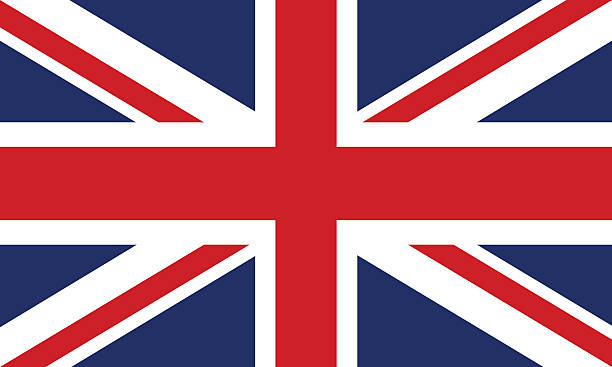

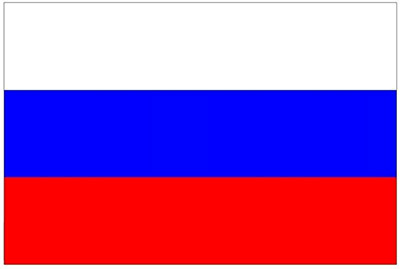

 Le Voyageur
Le Voyageur 